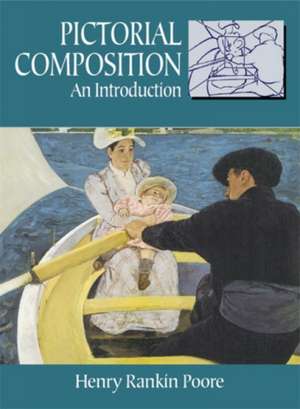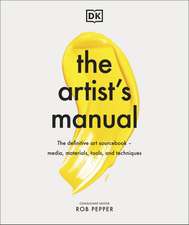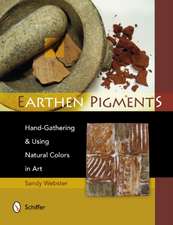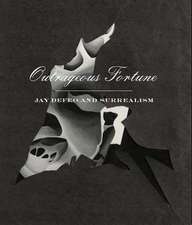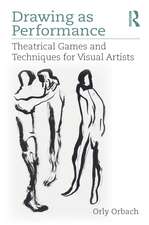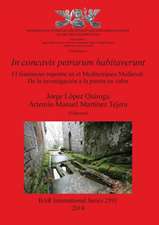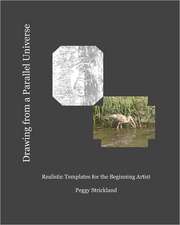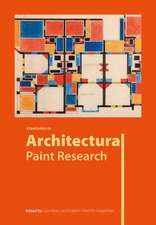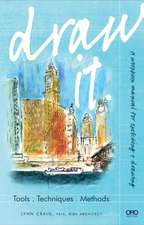Pictorial Composition: An Introduction: Dover Art Instruction
Autor Henry R. Poore, Art Instructionen Limba Engleză Paperback – 31 mai 1976
A painting's technique, color, and perspective may all be excellent, yet the painting will fail unless its composition succeeds. Composition is the harmonious arranging of the component parts of a work of art into a unified whole. Henry Poore examines the works of old masters and moderns in this book and uses these examples to explain the principles of compositions in art.
All the paintings that the author analyzes are illustrated in the text -- 166 illustrations, including 9 in full color. Thirty-two diagrams by the author accompany his textural discussion of such topics as the importance of balance, entrance and exit, circular observation, angular composition, composition with one or more units, and light and shade. Balance is the most important of these topics, and it is considered in the greatest detail -- balance of the steelyard, vertical and horizontal balance, and so on. A complete index enables the reader to locate his own specific areas of interest.
To see how a painting by Cezanne, Goya, or Hopper, for example, follows definite principles of composition allows the practicing artist or art student to learn composition from the finest instructors -- the artists themselves. This book is also very useful to the art devotee, who will find his appreciation of the subject greatly enhanced.
Din seria Dover Art Instruction
- 15%
 Preț: 82.45 lei
Preț: 82.45 lei - 15%
 Preț: 86.92 lei
Preț: 86.92 lei - 15%
 Preț: 79.93 lei
Preț: 79.93 lei - 15%
 Preț: 86.84 lei
Preț: 86.84 lei - 14%
 Preț: 83.42 lei
Preț: 83.42 lei -
 Preț: 113.39 lei
Preț: 113.39 lei - 16%
 Preț: 40.46 lei
Preț: 40.46 lei - 14%
 Preț: 69.22 lei
Preț: 69.22 lei - 16%
 Preț: 53.42 lei
Preț: 53.42 lei - 14%
 Preț: 69.31 lei
Preț: 69.31 lei - 16%
 Preț: 45.36 lei
Preț: 45.36 lei -
 Preț: 206.07 lei
Preț: 206.07 lei - 16%
 Preț: 66.10 lei
Preț: 66.10 lei - 16%
 Preț: 67.45 lei
Preț: 67.45 lei - 15%
 Preț: 91.91 lei
Preț: 91.91 lei -
 Preț: 91.14 lei
Preț: 91.14 lei -
 Preț: 89.06 lei
Preț: 89.06 lei -
 Preț: 42.85 lei
Preț: 42.85 lei -
 Preț: 84.32 lei
Preț: 84.32 lei -
 Preț: 44.53 lei
Preț: 44.53 lei -
 Preț: 50.51 lei
Preț: 50.51 lei -
 Preț: 91.14 lei
Preț: 91.14 lei -
 Preț: 78.51 lei
Preț: 78.51 lei -
 Preț: 126.59 lei
Preț: 126.59 lei -
 Preț: 109.91 lei
Preț: 109.91 lei -
 Preț: 52.55 lei
Preț: 52.55 lei -
 Preț: 78.34 lei
Preț: 78.34 lei -
 Preț: 73.97 lei
Preț: 73.97 lei -
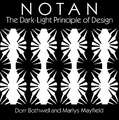 Preț: 60.40 lei
Preț: 60.40 lei - 14%
 Preț: 69.39 lei
Preț: 69.39 lei - 13%
 Preț: 97.51 lei
Preț: 97.51 lei - 15%
 Preț: 106.55 lei
Preț: 106.55 lei -
 Preț: 27.79 lei
Preț: 27.79 lei -
 Preț: 47.64 lei
Preț: 47.64 lei -
 Preț: 79.33 lei
Preț: 79.33 lei -
 Preț: 70.10 lei
Preț: 70.10 lei -
 Preț: 56.61 lei
Preț: 56.61 lei - 16%
 Preț: 77.26 lei
Preț: 77.26 lei - 21%
 Preț: 73.50 lei
Preț: 73.50 lei - 16%
 Preț: 105.32 lei
Preț: 105.32 lei -
 Preț: 80.92 lei
Preț: 80.92 lei
Preț: 91.47 lei
Nou
17.50€ • 18.27$ • 14.49£
Carte disponibilă
Livrare economică 14-28 martie
Livrare express 28 februarie-06 martie pentru 21.77 lei
Specificații
ISBN-10: 0486233588
Pagini: 104
Dimensiuni: 208 x 278 x 8 mm
Greutate: 0.29 kg
Editura: Dover Publications
Seria Dover Art Instruction
Textul de pe ultima copertă
A painting's technique, color, and perspective may all be excellent, yet the painting will fail unless its composition succeeds. Composition is the harmonious arranging of the component parts of a work of art into a unified whole. Henry Poore examines the works of old masters and moderns in this book and uses these examples to explain the principles of compositions in art.
All the paintings that the author analyzes are illustrated in the text--166 illustrations, including 9 in full color. Thirty-two diagrams by the author accompany his textural discussion of such topics as the importance of balance, entrance and exit, circular observation, angular composition, composition with one or more units, and light and shade. Balance is the most important of these topics, and it is considered in the greatest detail--balance of the steelyard, vertical and horizontal balance, and so on. A complete index enables the reader to locate his own specific areas of interest.
To see how a painting by Cezanne, Goya, or Hopper, for example, follows definite principles of composition allows the practicing artist or art student to learn composition from the finest instructors--the artists themselves. This book is also very useful to the art devotee, who will find his appreciation of the subject greatly enhanced.
